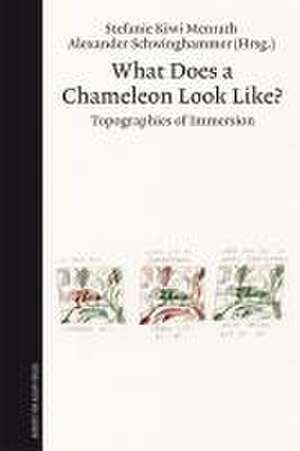What does a Chameleon look like?
Editat de Stefanie Menrath, Alexander Schwinghammeren Limba Engleză Paperback – 31 dec 2009
Preț: 153.88 lei
Nou
Puncte Express: 231
Preț estimativ în valută:
29.45€ • 30.42$ • 24.51£
29.45€ • 30.42$ • 24.51£
Carte indisponibilă temporar
Doresc să fiu notificat când acest titlu va fi disponibil:
Se trimite...
Preluare comenzi: 021 569.72.76
Specificații
ISBN-13: 9783938258514
ISBN-10: 3938258519
Pagini: 130
Dimensiuni: 142 x 214 x 25 mm
Greutate: 0.36 kg
Editura: Herbert von Halem Verlag
ISBN-10: 3938258519
Pagini: 130
Dimensiuni: 142 x 214 x 25 mm
Greutate: 0.36 kg
Editura: Herbert von Halem Verlag
